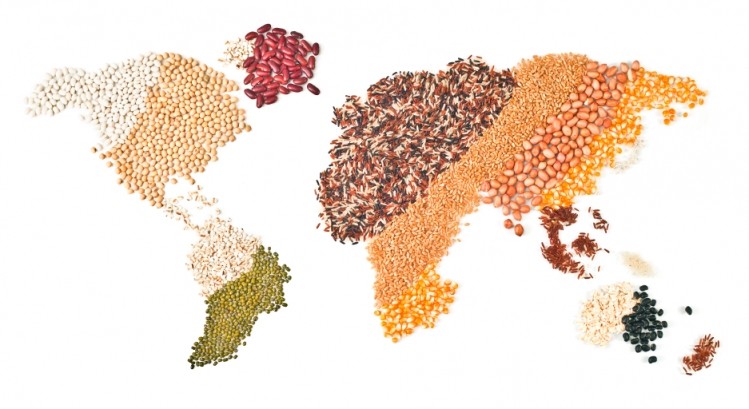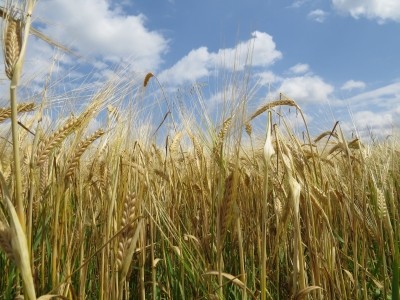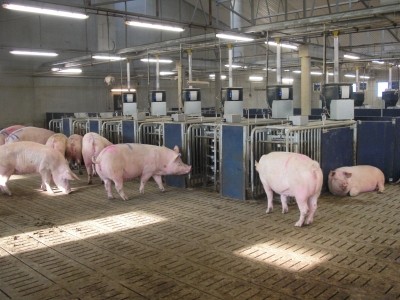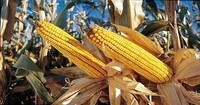Quality quest: China interested in ‘clean’ aspect of Australian feed barley

China already represents Australia’s largest barley market – importing an average of 2.9 million tons each year and generating around A$873m in trade, according to Australia Bureau of Statistics (ABS) figures.
Richard Simonaitis, CEO of the Australian Export Grains Innovation Centre (AEGIC), said most barley imported into China was used in food or malting, but feed could be a growing market opportunity.
“This is a trade which is already significant in size and has been driven by Chinese policies internally, including price support for corm, among other things,” he told FeedNavigator.
“What we are seeing is a shift in motivation from the buyer away from these factors and towards an understanding of the beneficial effects of feeding clean Australian grain to livestock.”
Australia, he said, already had a very strong reputation for high quality grains that were free from pests and it was this aspect that was attractive to Chinese buyers. “The fact that our barley is clean, high quality and free from defects can help buffer some of the mildly toxic effects of badly stored or poor quality feed produced elsewhere."
An Asian boost
Simonaitis said Australia was already a dominant player in world barley export markets, representing more than 40% of the world’s malting barley trade and 20% of feed barley trade.
But with China the country’s biggest market, and another important importer being Japan, he said Asia could be the key to future growth.
“Maintaining our current markets and growing our slice of the pie in Asia will be crucial for the Australian grains industry moving forward. Increasing barley exports – malt and/or feed – is an important part of that goal, but is not the answer itself.”
The AEGIC, he said, would collaborate with other industry partners to identify and investigate market requirements and opportunities for other grains, including wheat, oats, canola and pulses beyond just barley.
“Generally speaking, we want Australian grain to be viewed as ‘premium’ high quality product when compared with our competitors,” he said.











